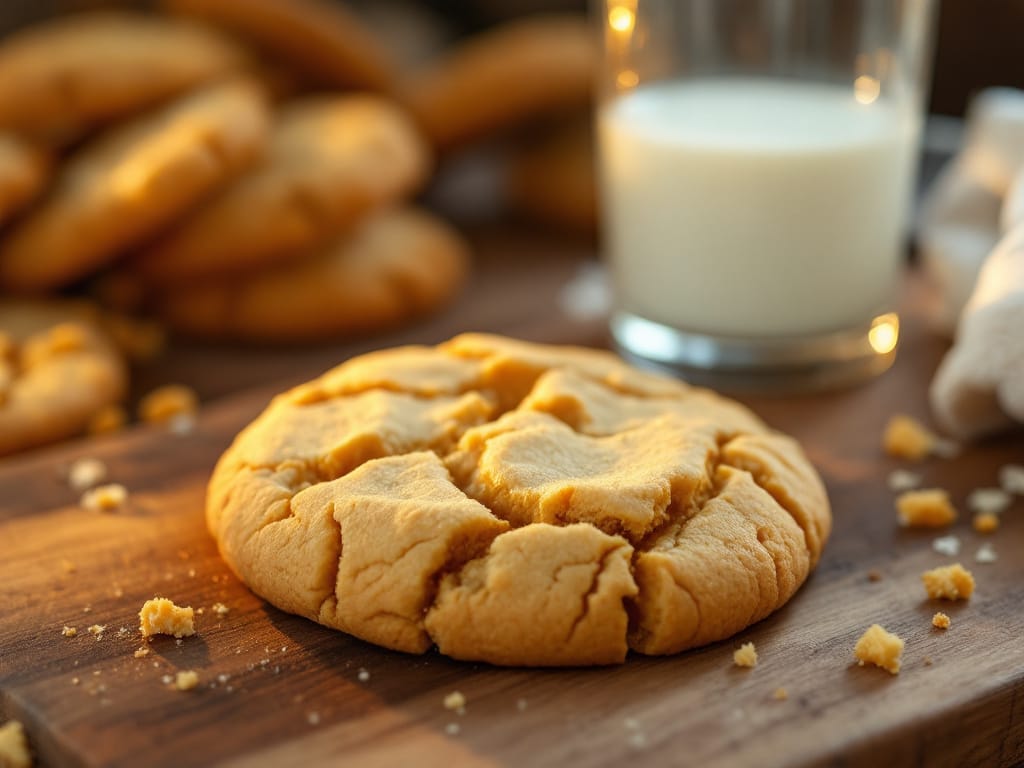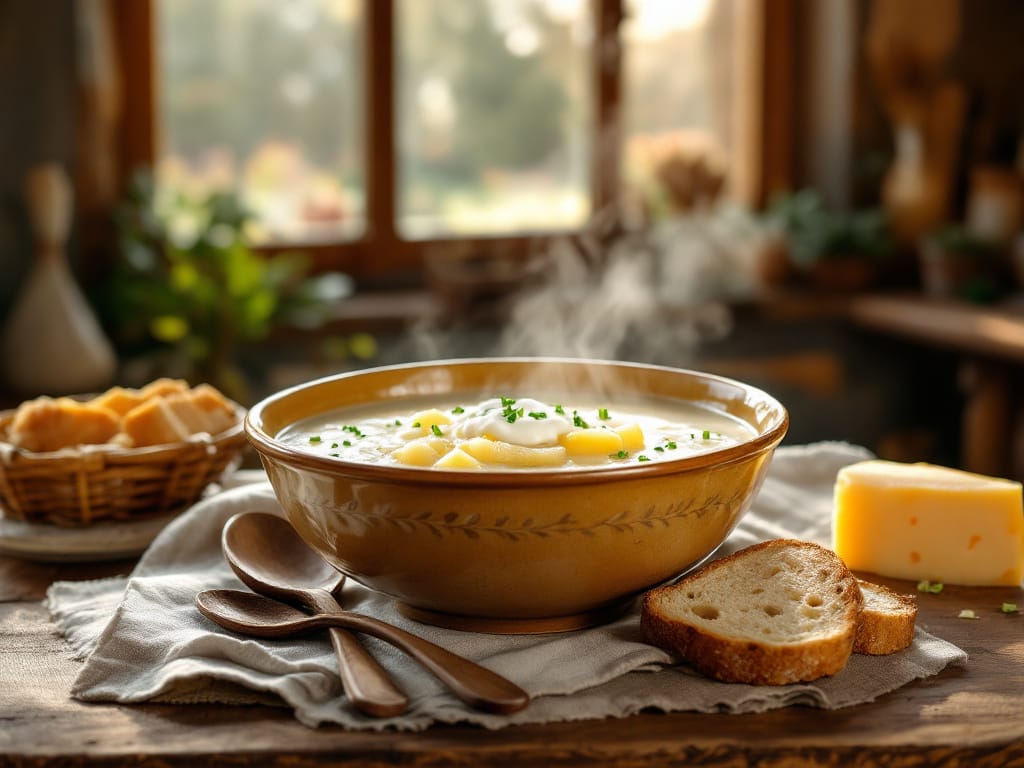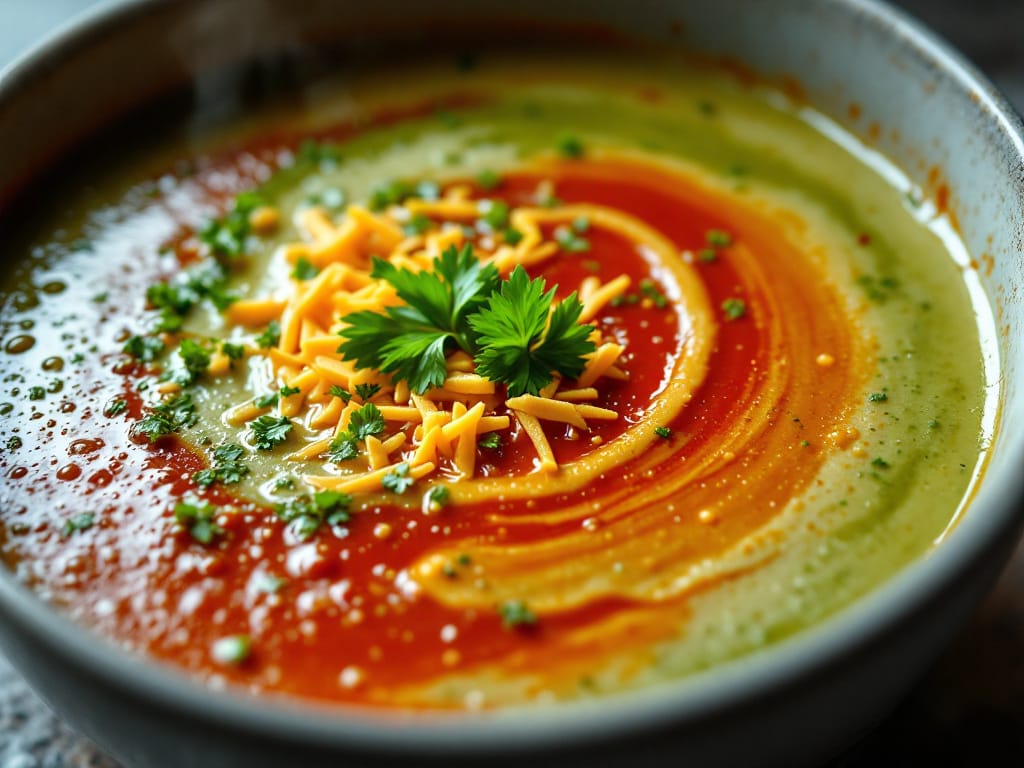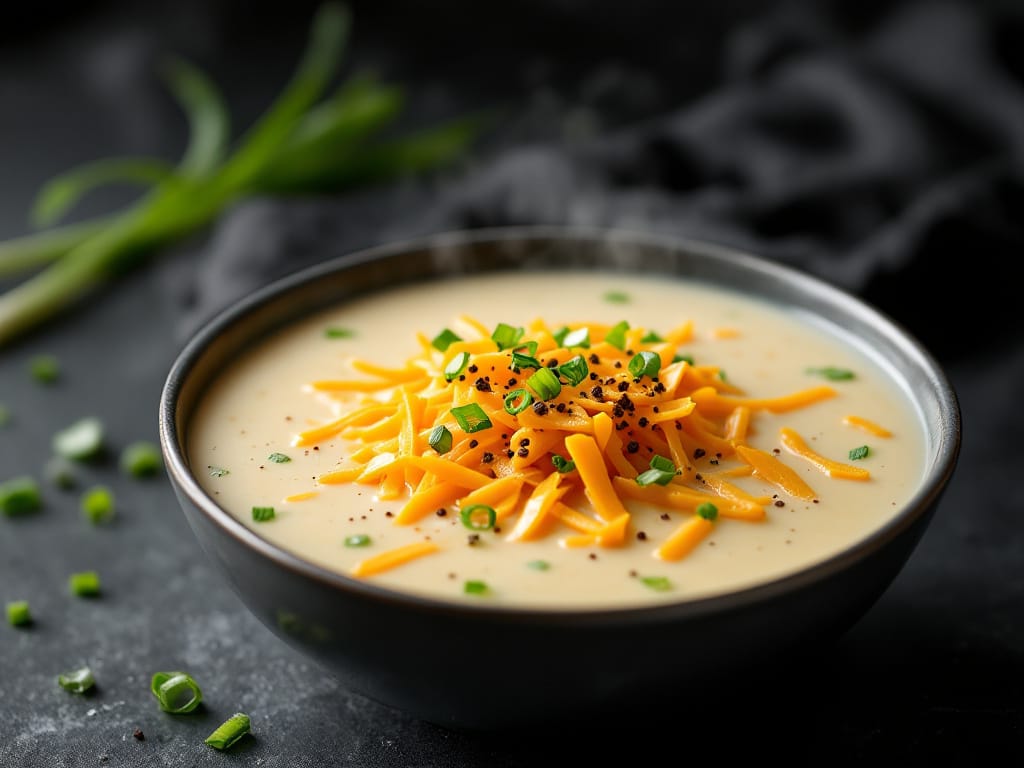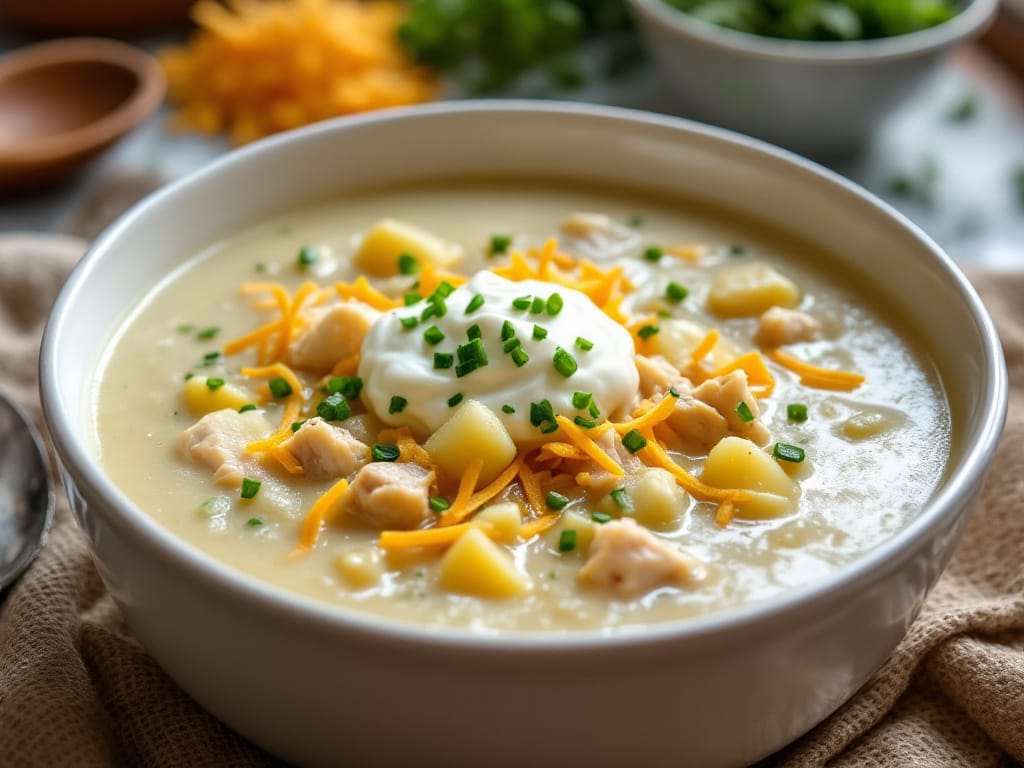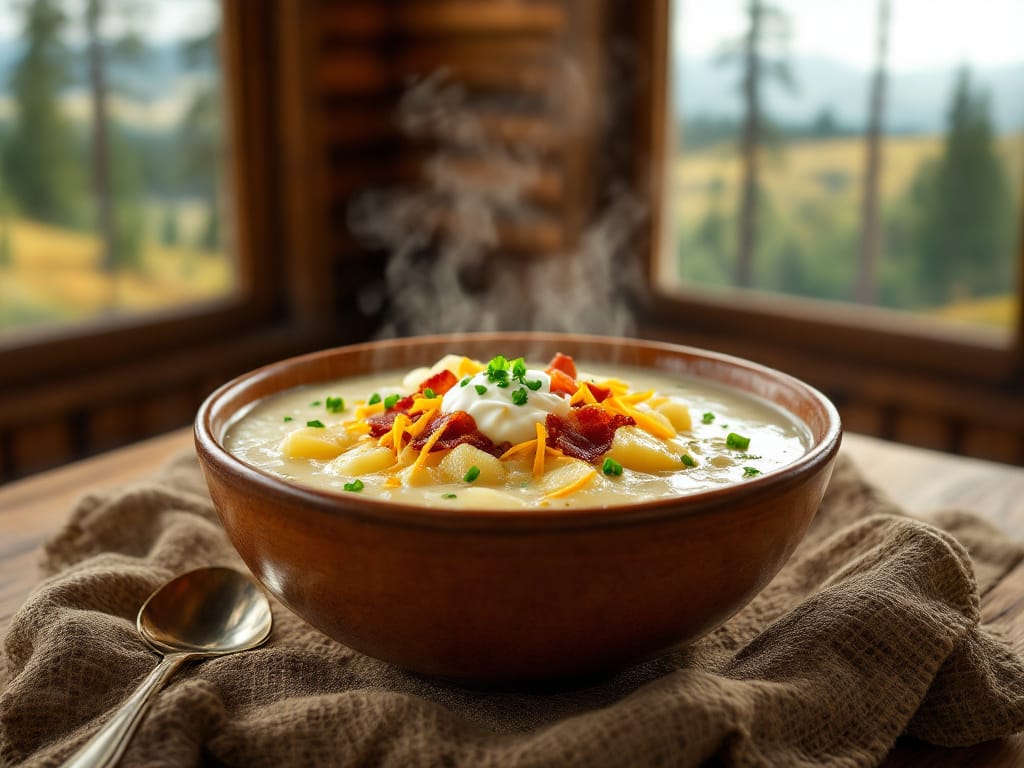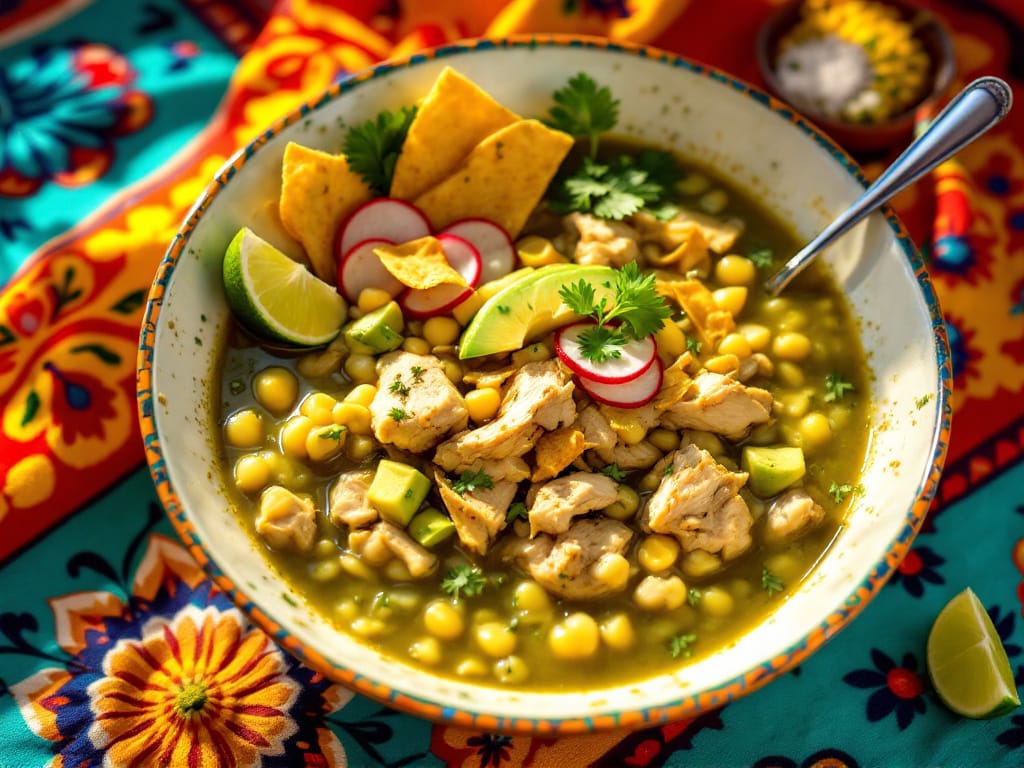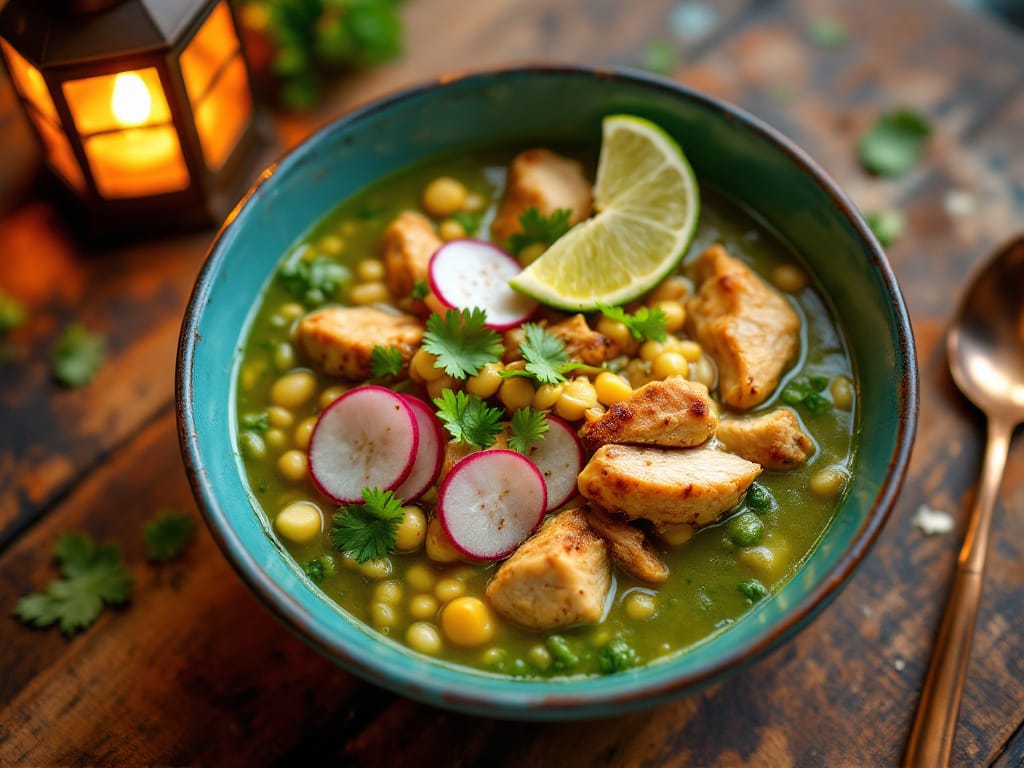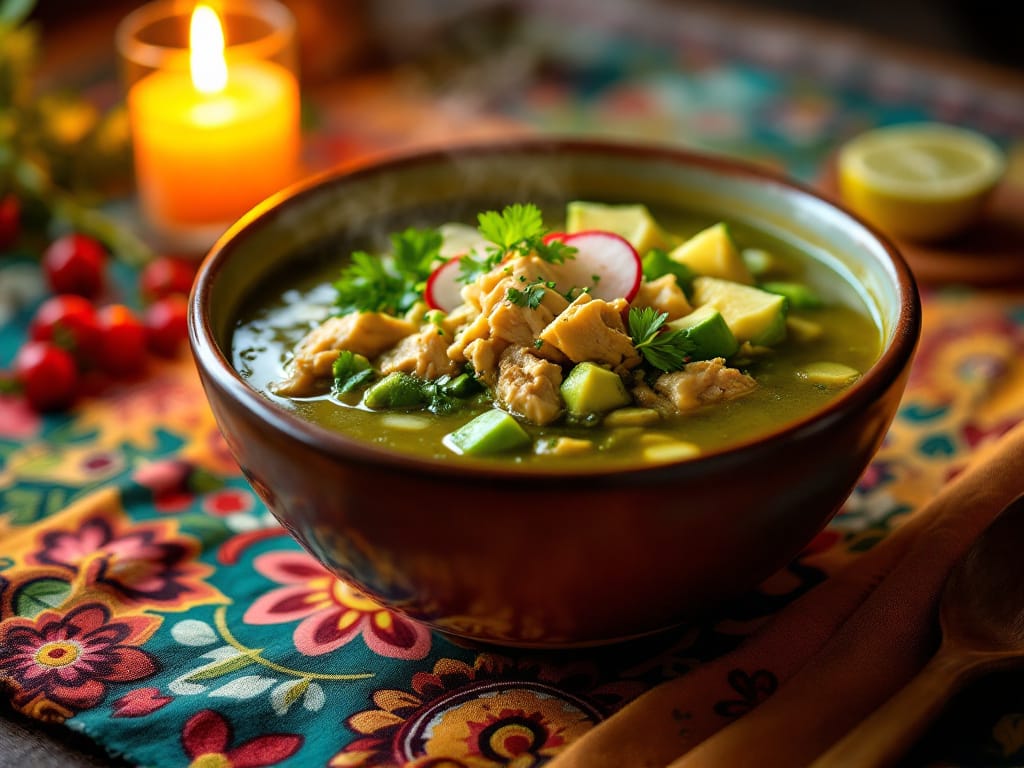Gluten is a critical component of traditional baking, serving as the “glue” that holds baked goods together. It forms a network of proteins that traps air, providing elasticity and structure to doughs and batters. This elasticity is what gives cookies their chewy texture and ability to maintain shape during baking. However, understanding what holds gluten-free cookies together is essential for replicating these qualities without gluten.
However, in gluten-free baking, the absence of gluten requires alternative binding agents to replicate these properties. Without them, cookies often crumble, spread too much, or fail to achieve the desired texture. The challenge lies in replacing gluten with ingredients that provide similar cohesion and stability.
For gluten-free cookies, achieving the right texture and structure is crucial. The use of specialized ingredients like gums, starches, and innovative binders can transform crumbly failures into delectable, cohesive treats. Understanding how these components work together is key to mastering gluten-free baking. For those who are also working with alternative flours in other recipes, you might find inspiration from resources like How to Use a Large Quantity of Sourdough Discard or similar guides on re-purposing ingredients effectively.
The Science of Cookie Structure
Gluten plays an essential role in forming the structure of baked goods. When flour and water mix, gluten proteins interact to form a stretchy, elastic network. This network traps air and moisture, giving cookies their signature rise, chewiness, and ability to hold together.
In gluten-free baking, this structural network is absent. Without gluten, cookies often struggle to hold their shape and can become crumbly or overly dense. Bakers must find ways to replace this elasticity and cohesion with alternative ingredients.
To mimic gluten’s role, gluten-free recipes rely on binding agents and specific flour blends. Ingredients like xanthan gum, guar gum, and psyllium husk create a network that holds ingredients together. Meanwhile, flours such as rice flour, almond flour, and tapioca starch provide the base structure.
By combining these elements, gluten-free cookies can achieve a balance of stability and softness, rivaling their gluten-filled counterparts.
Key Gluten-Free Binding Agents
Achieving the perfect structure in gluten-free cookies often depends on using effective binding agents. These ingredients replace gluten’s elasticity and help cookies hold their shape. Let’s explore some of the most popular options:
- Xanthan Gum:
Derived from fermented sugars, xanthan gum is a powerful thickener and stabilizer. It forms a gel-like structure when combined with liquid, providing elasticity and cohesion to doughs. However, overuse can lead to a gummy texture. - Guar Gum:
Made from guar beans, this natural binder works similarly to xanthan gum. It’s ideal for creating a smooth texture and is often more cost-effective. While it offers excellent binding properties, it can be slightly less elastic than xanthan gum. - Psyllium Husk:
A fiber-rich binder, psyllium husk absorbs water to form a gel-like consistency. It adds structure and moisture retention to cookies while contributing nutritional benefits like added fiber. - Chia and Flaxseeds:
When mixed with water, these seeds create mucilage, a gel-like substance that acts as a natural binder. In addition to holding the dough together, they add a slight nutty flavor and boost nutritional value. - Eggs:
Eggs are a traditional binder in gluten-free baking. They provide moisture, structure, and a leavening effect. For vegan recipes, alternatives like flax eggs or aquafaba (chickpea water) can be used. - Other Natural Ingredients:
Starches like arrowroot and tapioca are frequently used to enhance the texture and cohesion of gluten-free cookies. They create a soft yet stable dough that holds together during baking.
Understanding these binding agents and their properties is crucial for tailoring recipes to achieve the desired texture and structure.
Role of Moisture and Fats in Binding
In addition to binding agents, moisture and fats play a vital role in holding gluten-free cookies together. The absence of gluten can make dough more prone to drying out, leading to crumbly cookies. Maintaining hydration levels is critical for success.
- Moisture:
Ingredients like eggs, water, or milk help bind dry ingredients together. They create a cohesive dough that is easier to shape and prevents cookies from becoming overly brittle. For vegan recipes, substitutes like almond milk or coconut milk can add the necessary hydration. - Fats:
Fats such as butter, coconut oil, or shortening act as binding agents by coating the flour particles and providing richness to the dough. They help maintain a soft and chewy texture while preventing the cookies from spreading excessively during baking.
The right balance of moisture and fats ensures that gluten-free cookies are neither too dry nor too greasy. Experimenting with different fat sources and hydration levels can yield cookies with the perfect consistency.
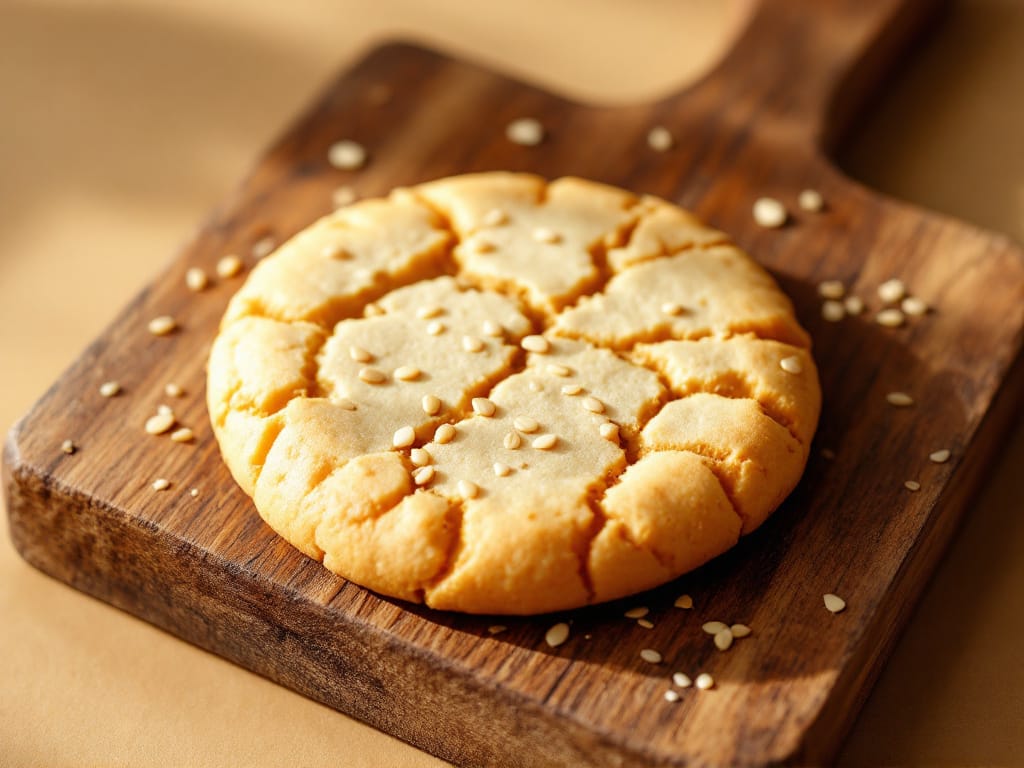
Flour Blends for Gluten-Free Cookies
Creating a successful gluten-free flour blend is key to achieving the right texture and structure in cookies. Unlike wheat flour, which contains gluten, gluten-free flours must be combined to replicate its properties.
- Rice Flour:
Offers a neutral flavor and fine texture, making it a staple in many blends. However, it can sometimes result in a gritty texture if used alone. - Almond Flour:
Adds moisture and a slightly nutty flavor, enhancing both taste and texture. It’s particularly useful for creating soft and chewy cookies. - Tapioca Starch:
Contributes elasticity and chewiness to the dough, mimicking the effects of gluten.
The ratios of these flours significantly impact the outcome. For instance, a higher proportion of rice flour may yield crisp cookies, while more almond flour ensures a moist and tender result. Experimenting with combinations allows bakers to tailor recipes for optimal results.
Techniques for Improving Structure in Gluten-Free Cookies
Creating gluten-free cookies that hold their shape and achieve the right texture often requires using specific techniques to compensate for the lack of gluten. Here are some tried-and-true methods:
- Chilling the Dough:
Refrigerating cookie dough for at least 30 minutes helps solidify fats, reducing the chances of spreading during baking. Chilling also improves dough consistency, making it easier to shape and handle. - Adjusting Baking Times and Temperatures:
Gluten-free cookies may need slightly different baking conditions compared to traditional recipes. Lower temperatures for a longer duration can help cookies bake evenly without drying out. Experimenting with baking times ensures cookies are fully cooked but remain moist. - Using Parchment Paper or Silicone Mats:
These surfaces prevent cookies from sticking to the baking sheet and promote even heat distribution. They also provide a non-slip surface that keeps cookies in place, maintaining their shape.
These simple yet effective techniques help address common structural challenges in gluten-free cookies, ensuring they bake to perfection.
Common Issues and Their Solutions
Baking gluten-free cookies comes with unique challenges. Below are common issues and practical solutions:
- Crumbling:
A lack of binding agents or insufficient moisture can cause cookies to crumble. To fix this, ensure the recipe includes adequate binding agents like xanthan gum, psyllium husk, or flaxseed gel. Adding an extra egg or a splash of liquid can also improve cohesion. - Dense Texture:
Overuse of binding agents or insufficient leavening can make cookies dense. Use the appropriate amount of baking powder or baking soda and avoid over-mixing the dough, which can deflate air pockets. - Spreading:
Excess fat or inadequate chilling often leads to cookies spreading too much during baking. Reduce the amount of butter or oil in the recipe, and always chill the dough before baking.
Identifying these issues and applying the right solutions ensures that gluten-free cookies turn out just right.
Experimental Approaches
Innovative approaches are transforming the way we bake gluten-free cookies. Here are some exciting methods to try:
- Plant-Based Binders:
Alternatives like aquafaba (the liquid from canned chickpeas) are gaining popularity as vegan-friendly binders. Aquafaba mimics the properties of eggs, providing structure and moisture. - Gluten-Free Baking Trends:
New ingredients like cassava flour and tigernut flour are emerging as versatile options for gluten-free recipes. These flours offer unique textures and flavors that enhance cookies. - Superfood Additions:
Ingredients like chia seeds, hemp hearts, and almond meal are being incorporated for added nutrition and binding power.
By experimenting with these approaches, bakers can discover creative ways to improve the texture and structure of gluten-free cookies while catering to dietary preferences and trends.
Explore new gluten-free flour combinations, taking cues from recipes like How to Make Milk Bread Without Yeast or Milk for innovative ingredient substitutions.
Recipe Adaptation: Converting Standard Recipes to Gluten-Free
Converting a traditional cookie recipe to a gluten-free version may seem daunting, but it’s entirely achievable with a few key adjustments:
- Replace Gluten-Based Ingredients:
Substitute wheat flour with a blend of gluten-free flours, such as rice flour, almond flour, and tapioca starch. Adding a binding agent like xanthan gum ensures structure. - Adjust Ratios:
Gluten-free flours absorb liquid differently, so slightly increasing the amount of liquid or fat in the recipe can prevent dryness. Start with small adjustments and test the dough’s consistency. - Incorporate Binding Agents:
Add xanthan gum, psyllium husk, or chia seeds to provide elasticity and stability. These agents mimic gluten’s binding properties. - Experiment with Baking Times:
Gluten-free cookies may require longer baking times at lower temperatures to ensure they are fully cooked without drying out. - Flavor and Texture Tips:
Use vanilla extract, almond meal, or spices to enhance flavor. Incorporate ingredients like chocolate chips or nuts for added texture.
By following these steps, bakers can seamlessly adapt their favorite cookie recipes into gluten-free delights without compromising on taste or structure.
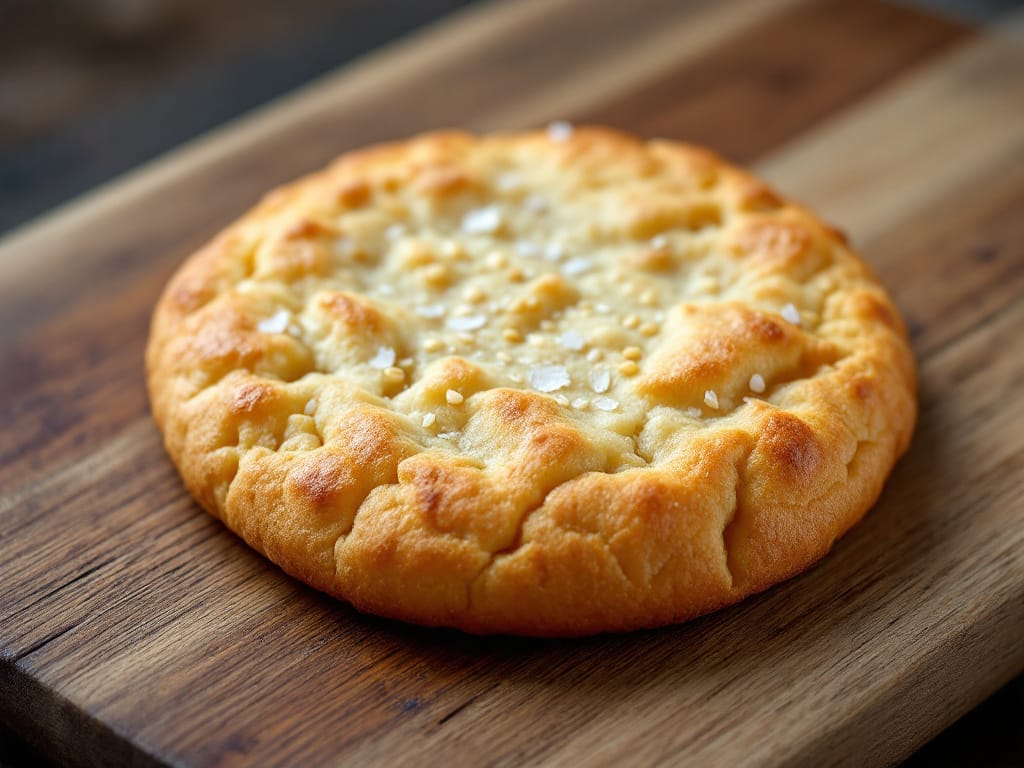
FAQs About Gluten-Free Cookie Binding
How do I make gluten-free cookies chewy?
Achieving chewy cookies involves using the right combination of binding agents and fats. Ingredients like psyllium husk, eggs, or xanthan gum, paired with fats like butter or coconut oil, help maintain moisture and elasticity.
Can I skip xanthan gum in recipes?
While it’s possible to skip xanthan gum, the cookies may become crumbly. Consider replacing it with guar gum, psyllium husk, or a chia seed gel to maintain structure.
What are the best gluten-free flour combinations?
A balanced mix of rice flour (for structure), almond flour (for moisture), and tapioca starch (for elasticity) often works best. Tailoring the ratios based on the recipe can optimize results.
Why are my cookies falling apart after baking?
Crumbly cookies often result from insufficient binding agents or low moisture content. Increasing liquid ingredients or adding more binding agents can resolve this issue.
These FAQs address common concerns and provide actionable tips for successful gluten-free cookie baking.
Conclusion
Understanding what holds gluten-free cookies together is essential for achieving baked goods that rival their traditional counterparts. By incorporating effective binding agents, maintaining the right balance of moisture and fats, and experimenting with innovative techniques, bakers can overcome the challenges of gluten-free baking.
From using xanthan gum and psyllium husk to trying plant-based alternatives like aquafaba, there are numerous ways to enhance the structure and texture of gluten-free cookies. Adapting recipes with care ensures that these treats are not only cohesive but also delicious.
Baking gluten-free cookies is as much an art as it is a science. Embrace experimentation, stay updated with trends, and refine techniques to create cookies that everyone will love. With practice and creativity, gluten-free baking can be both rewarding and enjoyable.

